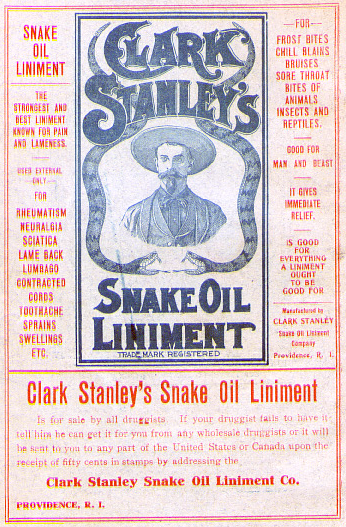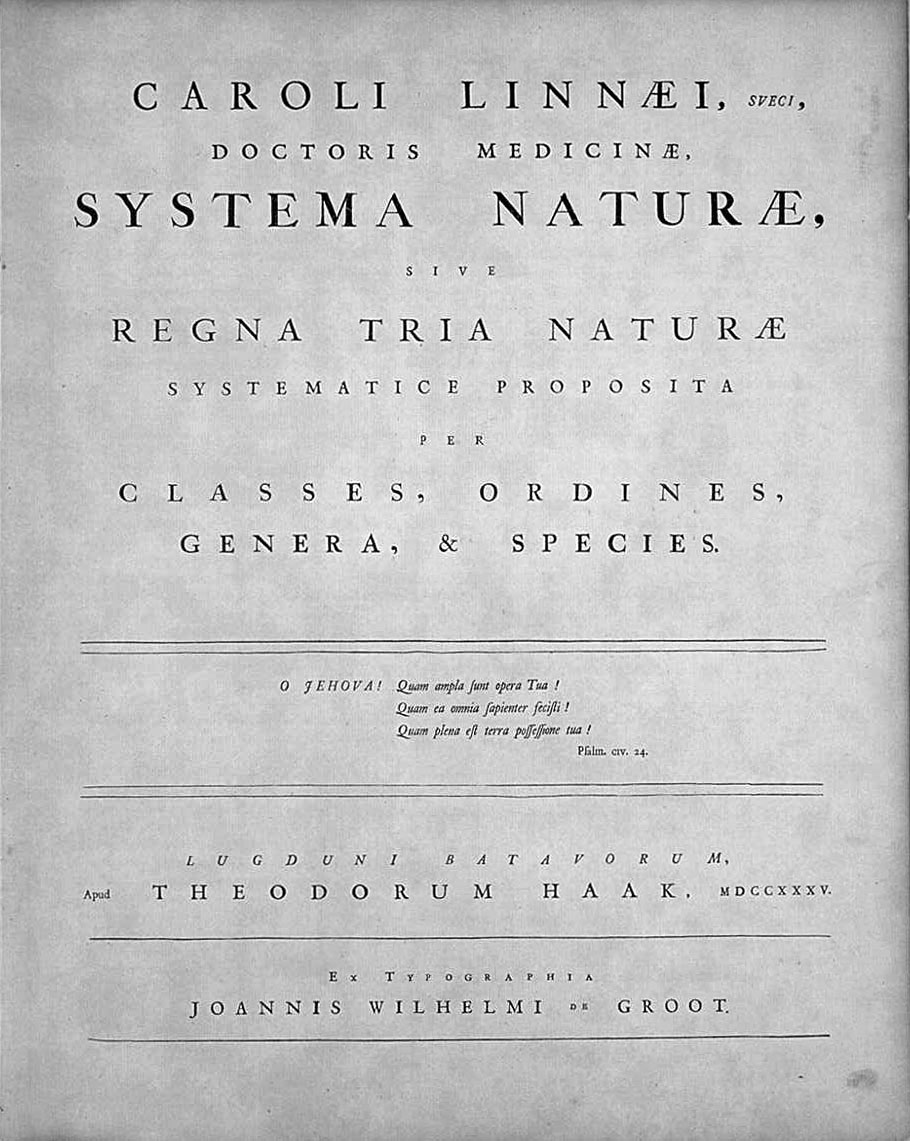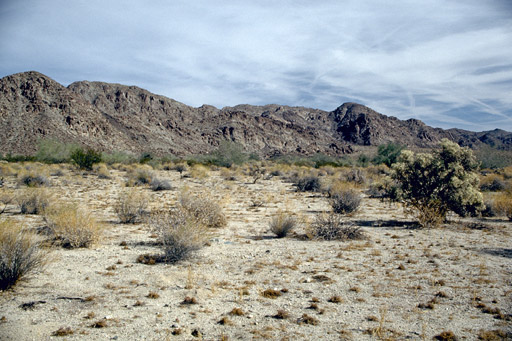|
Cure-all
A panacea , named after the Greek goddess of universal remedy Panacea, is any supposed remedy that is claimed (for example) to cure all diseases and prolong life indefinitely. It was in the past sought by alchemists in connection with the elixir of life and the philosopher's stone, a mythical substance that would enable the transmutation of common metals into gold. Through the 18th and 19th centuries, many "patent medicines" were claimed to be panaceas, and they became very big business. The term "panacea" is used in a negative way to describe the overuse of any one solution to solve many different problems, especially in medicine. The word has acquired connotations of snake oil and quackery. A panacea (or ''panaceum'') is also a literary term to represent any solution to solve all problems related to a particular issue. Mythology In Greek mythology, Panacea was one of the daughters of the Greek god of medicine Asclepius, along with her four sisters, each of whom performed one ... [...More Info...] [...Related Items...] OR: [Wikipedia] [Google] [Baidu] |
Quackery
Quackery, often synonymous with health fraud, is the promotion of fraudulent or ignorant medical practices. A quack is a "fraudulent or ignorant pretender to medical skill" or "a person who pretends, professionally or publicly, to have skill, knowledge, qualification or credentials they do not possess; a charlatan or snake oil salesman". The term ''quack'' is a clipped form of the archaic term ', from nl, kwakzalver a "hawker of salve". In the Middle Ages the term ''quack'' meant "shouting". The quacksalvers sold their wares on the market shouting in a loud voice. Common elements of general quackery include questionable diagnoses using questionable diagnostic tests, as well as untested or refuted treatments, especially for serious diseases such as cancer. Quackery is often described as "health fraud" with the salient characteristic of aggressive promotion. Definition Psychiatrist and author Stephen Barrett of Quackwatch defines quackery "as the promotion of unsubstanti ... [...More Info...] [...Related Items...] OR: [Wikipedia] [Google] [Baidu] |
Patent Medicine
A patent medicine, sometimes called a proprietary medicine, is an over-the-counter (nonprescription) medicine or medicinal preparation that is typically protected and advertised by a trademark and trade name (and sometimes a patent) and claimed to be effective against minor disorders and symptoms. Its contents are typically incompletely disclosed. Antiseptics, analgesics, some sedatives, laxatives, and antacids, cold and cough medicines, and various skin preparations are included in the group. The safety and effectiveness of patent medicines and their sale is controlled and regulated by the Food and Drug Administration in the United States and corresponding authorities in other countries.https://www.merriam-webster.com/dictionary/patent%20medicine The term is sometimes still used to describe quack remedies of unproven effectiveness and questionable safety sold especially by peddlers in past centuries, who often also called them elixirs, tonics, or liniments. Current examples o ... [...More Info...] [...Related Items...] OR: [Wikipedia] [Google] [Baidu] |
Snake Oil
Snake oil is a term used to describe deceptive marketing, health care fraud, or a scam. Similarly, "snake oil salesman" is a common expression used to describe someone who sells, promotes, or is a general proponent of some valueless or fraudulent cure, remedy, or solution. The term comes from the "snake oil" that used to be sold as a cure-all elixir for many kinds of physiological problems. Many 19th-century United States and 18th-century European entrepreneurs advertised and sold mineral oil (often mixed with various active and inactive household herbs, spices, drugs, and compounds, but containing no snake-derived substances whatsoever) as "snake oil liniment", making claims about its efficacy as a panacea. Patent medicines that claimed to be a panacea were extremely common from the 18th century until the 20th, particularly among vendors masking addictive drugs such as cocaine, amphetamine, alcohol, and opium-based concoctions or elixirs, to be sold at medicine shows as medic ... [...More Info...] [...Related Items...] OR: [Wikipedia] [Google] [Baidu] |
Ginseng
Ginseng () is the root of plants in the genus ''Panax'', such as Korean ginseng ('' P. ginseng''), South China ginseng ('' P. notoginseng''), and American ginseng ('' P. quinquefolius''), typically characterized by the presence of ginsenosides and gintonin. Ginseng is most commonly used in the cuisines and medicines of China and Korea. Although ginseng has been used in traditional medicine over centuries, modern clinical research is inconclusive about its medical effectiveness. There is no substantial evidence that ginseng is effective for treating any medical condition, and in the United States, for example, its use has not been approved by the US Food and Drug Administration (FDA) as a prescription drug. Although ginseng is commonly sold as a dietary supplement, inconsistent manufacturing practices for supplements have led to analyses showing that ginseng products may be contaminated with toxic metals or unrelated filler compounds, and its excessive use may have adverse effec ... [...More Info...] [...Related Items...] OR: [Wikipedia] [Google] [Baidu] |
Panacea
In Greek mythology, Panacea (Greek ''Πανάκεια'', Panakeia), a goddess of universal remedy, was the daughter of Asclepius and Epione. Panacea and her four sisters each performed a facet of Apollo's art: * Panacea (the goddess of universal health) * Hygieia ("Hygiene", the goddess/personification of health, cleanliness, and sanitation) * Iaso (the goddess of recuperation from illness) * Aceso (the goddess of the healing process) * Aglæa/Ægle (the goddess of beauty, splendor, glory, magnificence, and adornment) Panacea also had four brothers: * Podaleirus, one of the two kings of Tricca, who was skilled in diagnostics * Machaon, the other king of Tricca, who was a master surgeon (these two took part in the Trojan War until Machaon was killed by Penthesilea, queen of the Amazons) * Telesphoros, who devoted his life to serving Asclepius * Aratus, Panacea's half-brother, a Greek hero and the patron/liberator of Sicyon However, portrayals of the family were not always c ... [...More Info...] [...Related Items...] OR: [Wikipedia] [Google] [Baidu] |
Opopanax (genus)
''Opopanax'' is a genus of plants in the family Apiaceae. Species Opopanax include four species: *''Opopanax chironium'' (L.) W.D.J.Koch *'' Opopanax hispidus'' (Friv.) Griseb. *'' Opopanax persicus'' Boiss. *'' Opopanax siifolius'' (Boiss. & Heldr.) Menemen Etymology The genus name ''Opopanax'' derives from Anglo-Norman ''opopanac'', from Latin opopanax, from Hellenistic Greek ὀποπάναξ, from Ancient Greek ὀπός (''opos'', "juice") + πάναξ (''panax'', "all-healing"). (subscription required) Therefore, ''opopanax'' literally means the juice ( gum resin) of all-heal. There were many different plants called all-heal (πάνακες or '' panaces'') in Ancient Greece and Rome. However, according to Dioscorides, ''opopanax'' was obtained specifically from a kind of all-heal named πάνακες Ἡράκλειον (''panaces Heraclion'', "Hercules' all-heal"), which has been identified as ''Opopanax chironium'', '' O. persicus'' and '' O. hispidus'' The term '' ... [...More Info...] [...Related Items...] OR: [Wikipedia] [Google] [Baidu] |
Monarch
A monarch is a head of stateWebster's II New College DictionarMonarch Houghton Mifflin. Boston. 2001. p. 707. Life tenure, for life or until abdication, and therefore the head of state of a monarchy. A monarch may exercise the highest authority and power in the Sovereign state, state, or others may wield that power on behalf of the monarch. Usually a monarch either personally inheritance, inherits the lawful right to exercise the state's sovereign rights (often referred to as ''the throne'' or ''the Crown, the crown'') or is elective monarchy, selected by an established process from a family or cohort eligible to provide the nation's monarch. Alternatively, an individual may self-proclaimed monarchy, proclaim themself monarch, which may be backed and Legitimacy (political), legitimated through acclamation, right of conquest or a combination of means. If a young child is crowned the monarch, then a regent is often appointed to govern until the monarch reaches the requisite adult a ... [...More Info...] [...Related Items...] OR: [Wikipedia] [Google] [Baidu] |
Traditional Chinese Medicine
Traditional Chinese medicine (TCM) is an alternative medical practice drawn from traditional medicine in China. It has been described as "fraught with pseudoscience", with the majority of its treatments having no logical mechanism of action. Medicine in traditional China encompassed a range of sometimes competing health and healing practices, folk beliefs, literati theory and Confucian philosophy, herbal remedies, food, diet, exercise, medical specializations, and schools of thought. In the early twentieth century, Chinese cultural and political modernizers worked to eliminate traditional practices as backward and unscientific. Traditional practitioners then selected elements of philosophy and practice and organized them into what they called "Chinese medicine" (''Zhongyi''). In the 1950s, the Chinese government sponsored the integration of Chinese and Western medicine, and in the Great Proletarian Cultural Revolution of the 1960s, promoted Chinese medicine as inexpensive a ... [...More Info...] [...Related Items...] OR: [Wikipedia] [Google] [Baidu] |
Linnaean Taxonomy
Linnaean taxonomy can mean either of two related concepts: # The particular form of biological classification (taxonomy) set up by Carl Linnaeus, as set forth in his ''Systema Naturae'' (1735) and subsequent works. In the taxonomy of Linnaeus there are three kingdoms, divided into ''classes'', and they, in turn, into lower ranks in a hierarchical order. # A term for rank-based classification of organisms, in general. That is, taxonomy in the traditional sense of the word: rank-based scientific classification. This term is especially used as opposed to cladistic systematics, which groups organisms into clades. It is attributed to Linnaeus, although he neither invented the concept of ranked classification (it goes back to Plato and Aristotle) nor gave it its present form. In fact, it does not have an exact present form, as "Linnaean taxonomy" as such does not really exist: it is a collective (abstracting) term for what actually are several separate fields, which use similar approac ... [...More Info...] [...Related Items...] OR: [Wikipedia] [Google] [Baidu] |
Bursera Microphylla
''Bursera microphylla'', known by the common name elephant tree in English or 'torote' in Spanish, is a tree in genus ''Bursera''. It grows into a distinctive sculptural form, with a thickened, water-storing or caudiciform trunk. It is found in the southwestern United States and northwestern Mexico. Distribution ''Bursera microphylla'' is the most northerly member of the Burseraceae in North America and also perhaps the most xeromorphic (desert-adapted) species within the genus as it thrives in the extremely arid desert hills and mountains in northwest Sonora. This tree is native to northwestern Mexico (Baja California, Baja California Sur, Sinaloa, Sonora and Zacatecas) and the southwestern United States (southern California and Arizona; especially in desert regions. This species can be found within Organ Pipe Cactus National Monument, Cabeza Prieta National Wildlife Refuge, Ironwood Forest National Monument, Sonoran Desert National Monument, El Pinacate y Gran Desierto de Alta ... [...More Info...] [...Related Items...] OR: [Wikipedia] [Google] [Baidu] |
Colorado Desert
California's Colorado Desert is a part of the larger Sonoran Desert. It encompasses approximately , including the heavily irrigated Coachella and Imperial valleys. It is home to many unique flora and fauna. Geography and geology The Colorado Desert is a subdivision of the larger Sonoran Desert encompassing approximately . The desert encompasses Imperial County and includes parts of San Diego County, Riverside County, and a small part of San Bernardino County, California, United States. Most of the Colorado Desert lies at a relatively low elevation, below , with the lowest point of the desert floor at below sea level, at the Salton Sea. Although the highest peaks of the Peninsular Ranges reach elevations of nearly , most of the region's mountains do not exceed . In this region, the geology is dominated by the transition of the tectonic plate boundary from rift to fault. The southernmost strands of the San Andreas Fault connect to the northernmost extensions of the East Pacif ... [...More Info...] [...Related Items...] OR: [Wikipedia] [Google] [Baidu] |
Cahuilla
The Cahuilla , also known as ʔívil̃uqaletem or Ivilyuqaletem, are a Native American people of the various tribes of the Cahuilla Nation, living in the inland areas of southern California."California Indians and Their Reservations. ''SDSU Library and Information Access.'' Their original territory included an area of about . The traditional Cahuilla territory was near the geographic center of . It was bounded to the north by the , to the south by [...More Info...] [...Related Items...] OR: [Wikipedia] [Google] [Baidu] |






